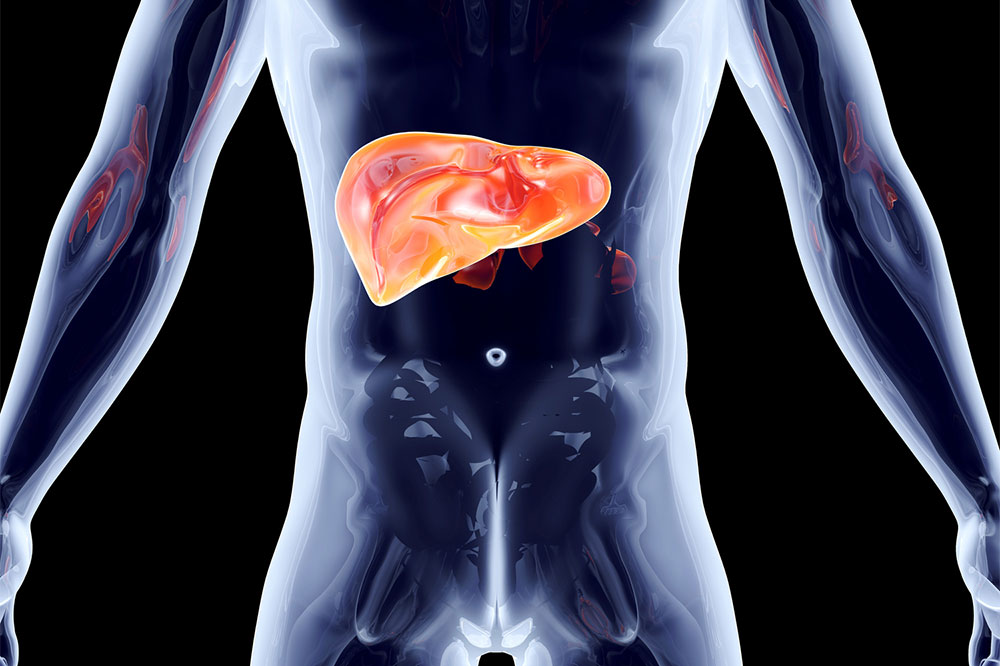7 lesser-known symptoms of a migraine attack

Migraines are pounding headaches that can turn an ordinary day into a torturous ordeal. While most people associate migraines with severe head pain, some lesser-known signs and symptoms often go unnoticed. Shedding light on these symptoms can help create better support and empathy for those with the condition. This post explores the hidden warning signs of a migraine attack to help patients take the measures necessary to prevent an episode.
Aura
Many migraine sufferers experience an “aura” before the headache hits. This visual or sensory disturbance can manifest as flashing lights, zigzag lines, or even tingling sensations. The aura can serve as a warning sign, offering a brief window to prepare for the impending headache. However, not all patients experience this phenomenon.
Sensory sensitivity
Besides throbbing pain, those with migraines often struggle with heightened sensory sensitivity. Phonophobia (the fear of loud sounds) and photophobia (the aversion to light) are common symptoms accompanying migraines. Bright lights and loud noises can intensify the discomfort, sometimes to excruciating levels, making these sensitivities significant signs to watch for.
Brain fog
After the pain subsides, many patients experience what’s known as the “migraine hangover.” This cognitive impairment can last for hours or even days, affecting memory, concentration, and overall cognitive function. It’s a lesser-known but substantial consequence of migraines that can disrupt daily life, long after the headache has passed.
Neck pain
While migraines are primarily associated with head pain, neck pain is a possible symptom. Many sufferers experience neck pain as a precursor or accompanying sign. Tension in the neck muscles can trigger or exacerbate migraines. Recognizing this connection can provide valuable insights into managing and preventing migraines.
Digestive distress
Nausea and vomiting may not seem directly related to migraines, but they are common symptoms that often accompany the headache. These gastrointestinal issues can further exacerbate the misery of an episode. For some, nausea and vomiting may even occur without a severe headache, making them lesser-known but crucial signs to watch for.
Facial pain and pressure
The trigeminal nerve, responsible for sensation in the face and head, plays a significant role in migraines. Some experience facial pain and pressure during an attack, often concentrated around the eyes, temples, or jaw. These symptoms can be misattributed to other causes, leading to delayed diagnosis and treatment.
Mood swings
Migraines don’t just affect the body; they can take a toll on one’s emotional well-being. Mood swings, irritability, and even feelings of depression are lesser-known but common symptoms associated with migraines. Understanding this emotional aspect is essential for both migraine patients and their support networks.
Awareness is the first step toward finding effective ways to manage and alleviate the signs of migraines and enhance the quality of life for millions of individuals with the condition.






